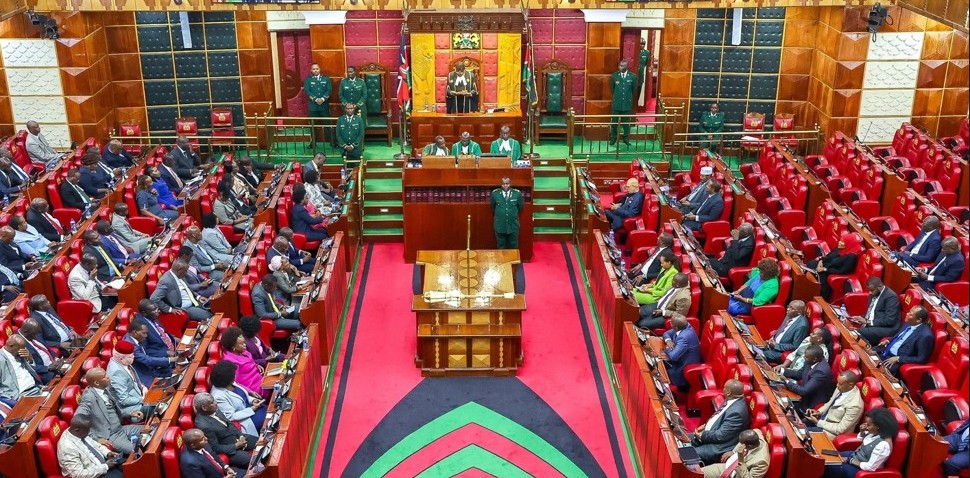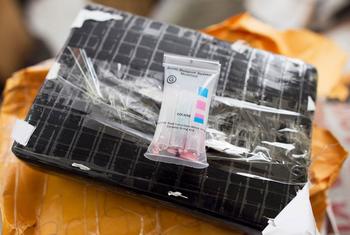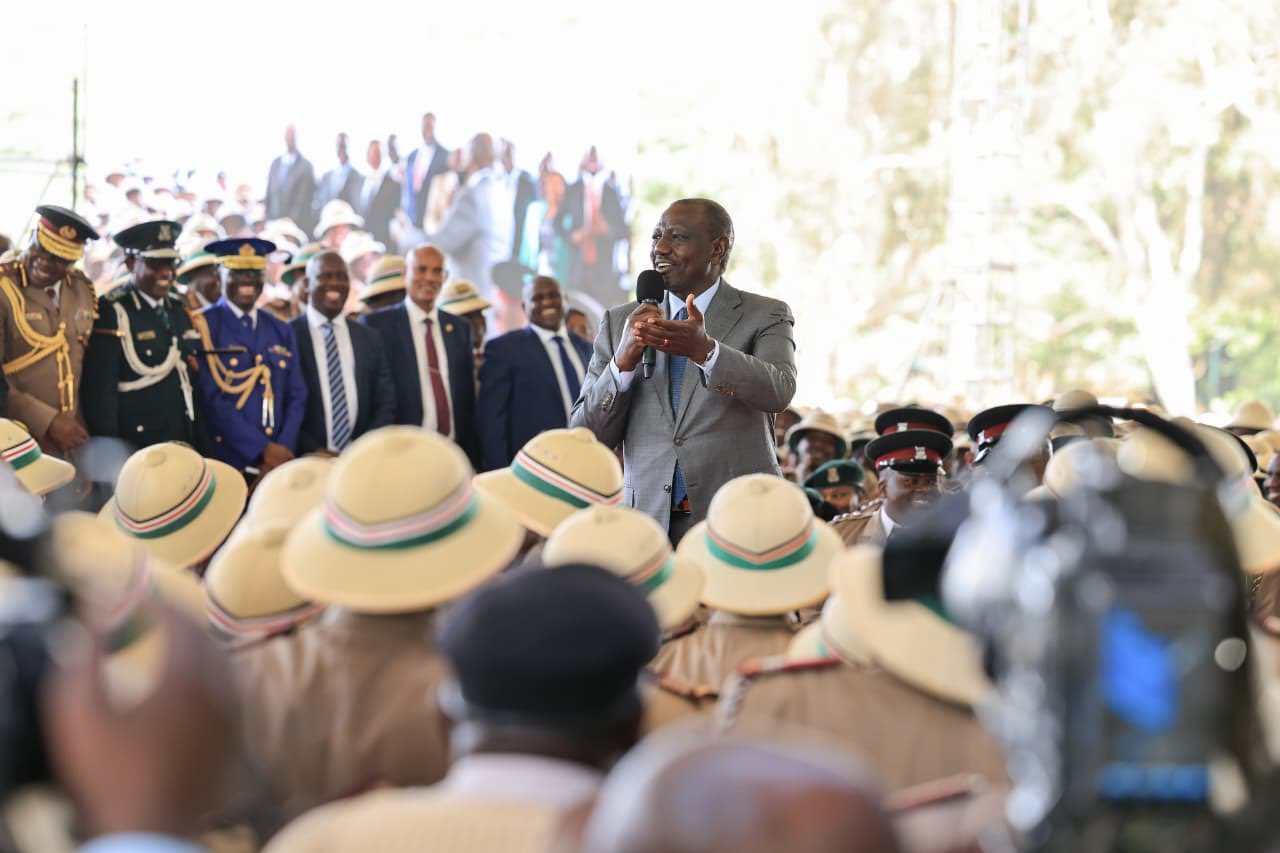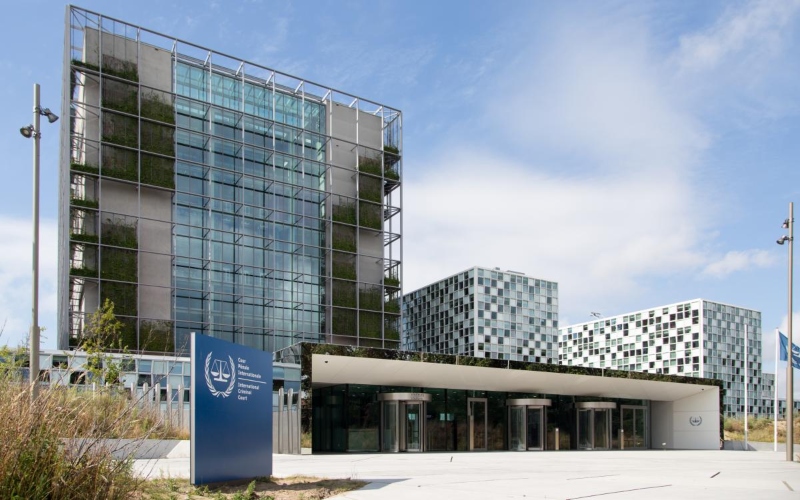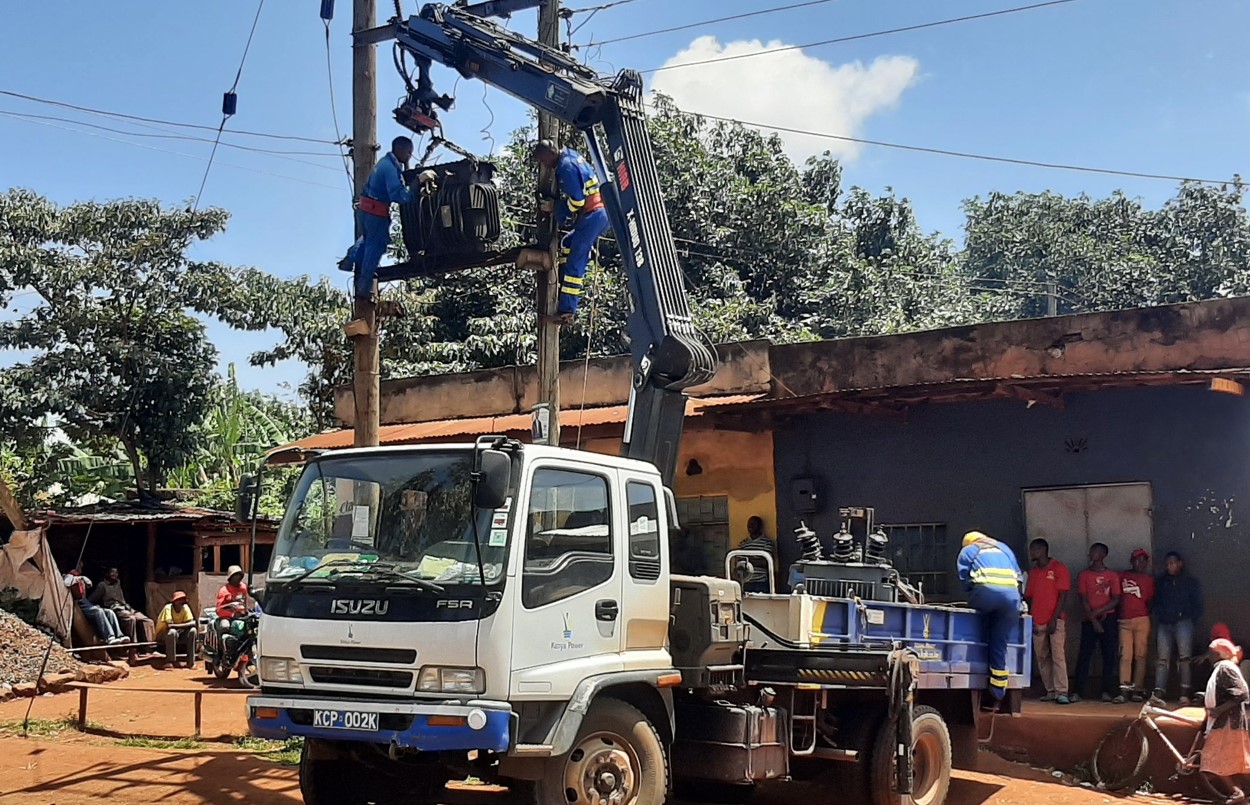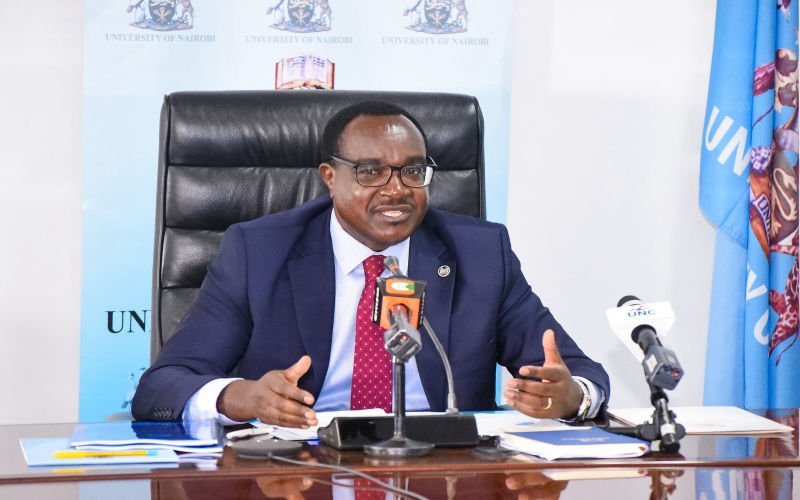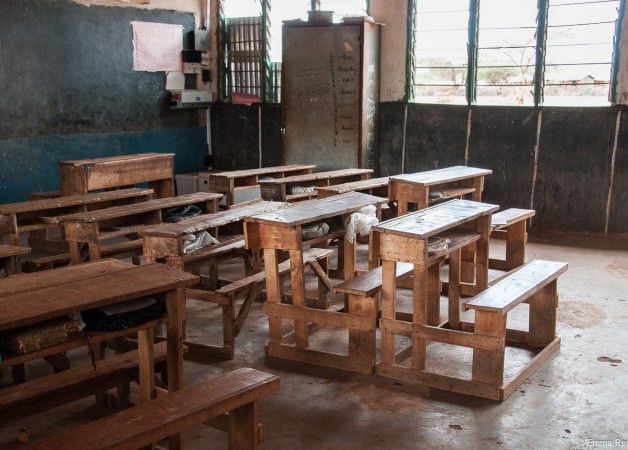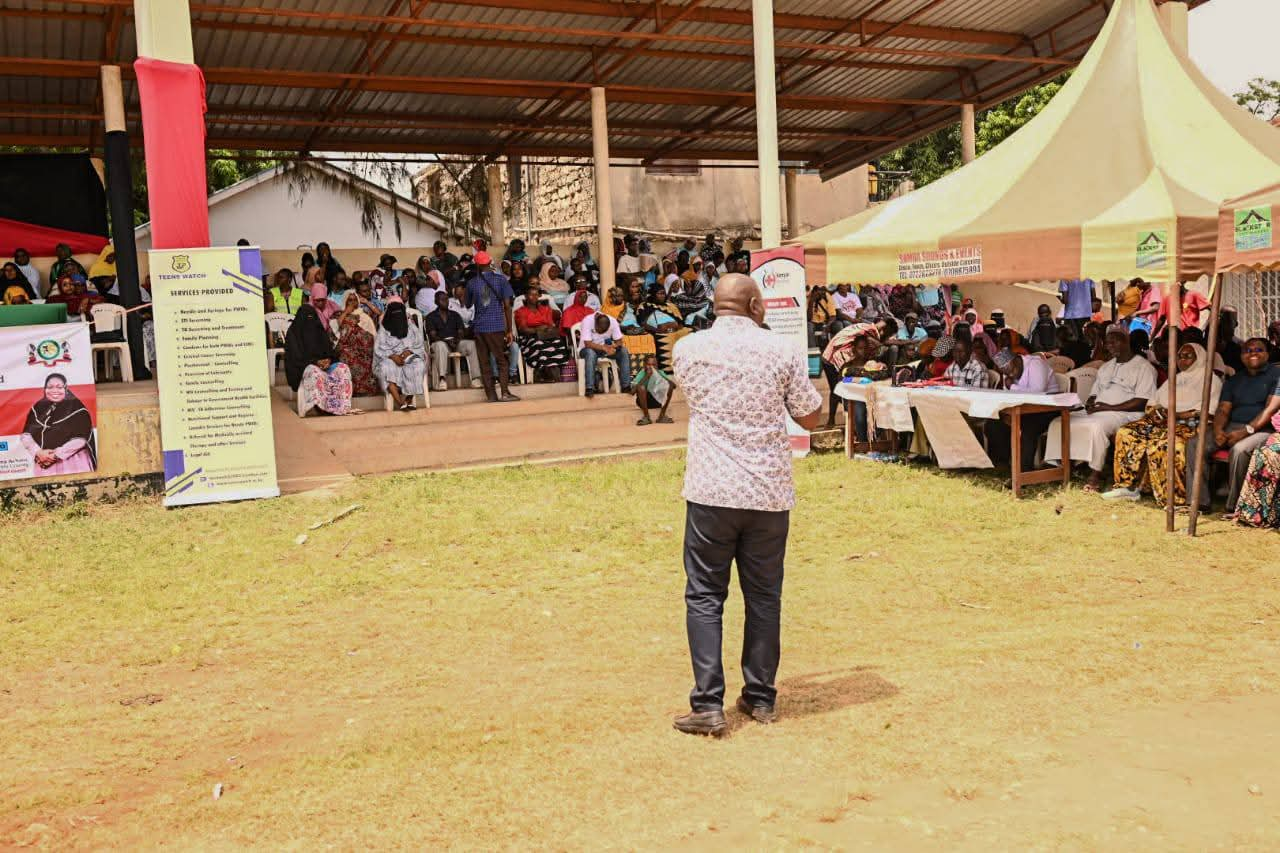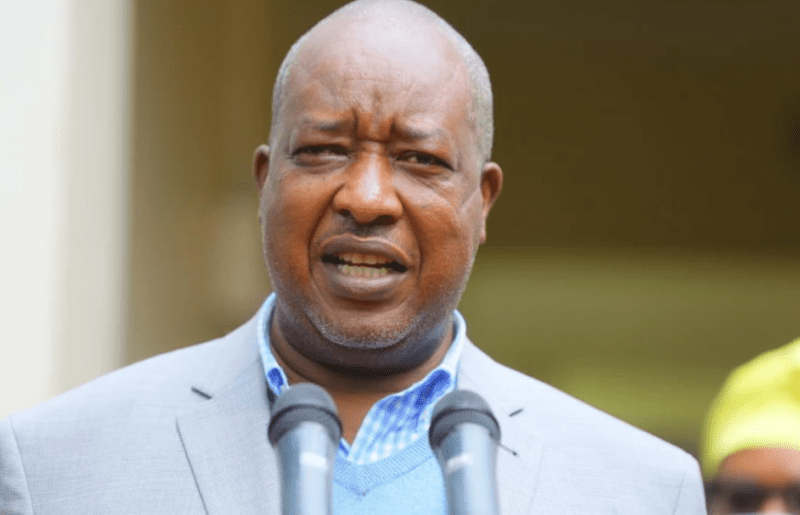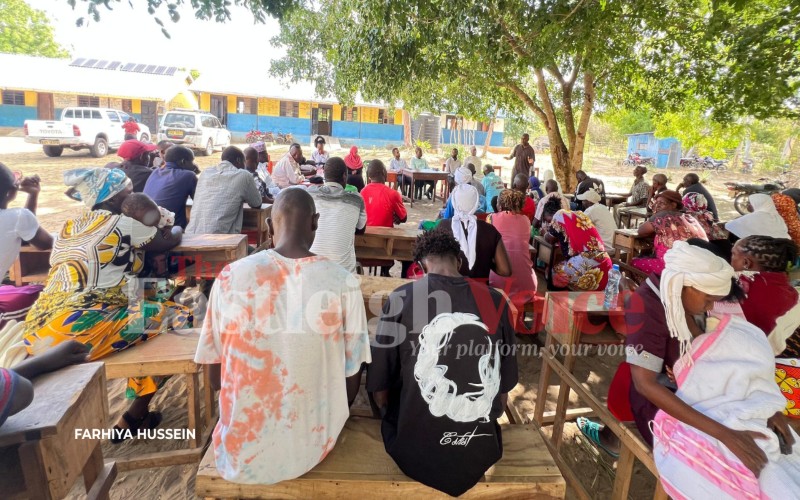Rwanda's Museum for Campaign Against Genocide preserves legacy of resilience
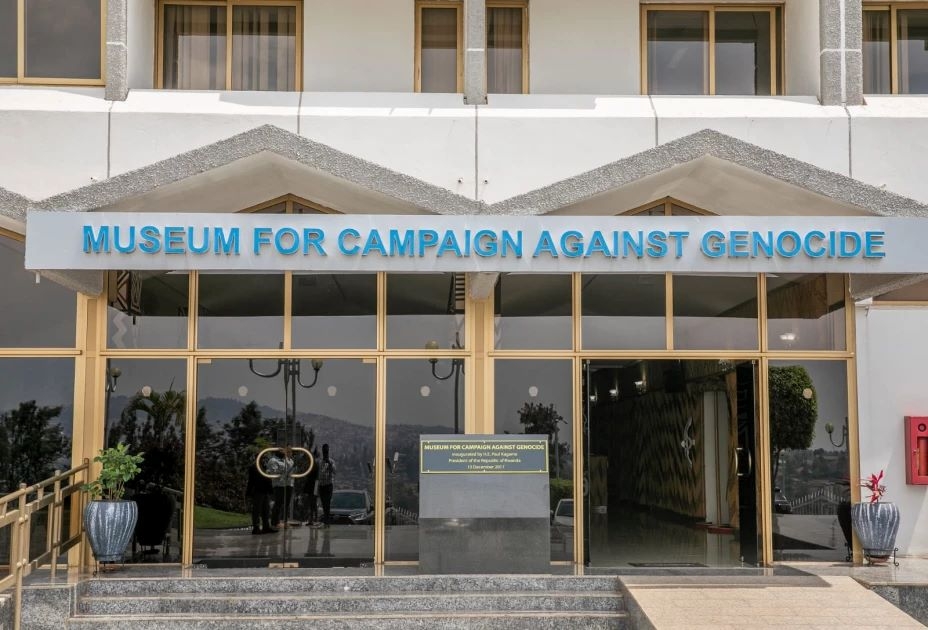
The museum stands as a warning to future generations about the perils of hatred and the importance of vigilance against such atrocities.
In Kigali, Rwanda
In the heart of Kigali, Rwanda’s Museum for Campaign Against Genocide stands as a powerful tribute to the resilience and heroism of the Rwandan Patriotic Army (RPA) in the face of near-impossible odds during the 1994 genocide against the Tutsi.
More To Read
- Rwanda calls Human Rights Watch's count of new graves at military cemetery "disrespectful"
- Rwandan genocide suspect Francois Gasana extradited from Norway
- US President Donald Trump on upcoming Rwanda-DR Congo deal: ‘A great day for Africa’
- US arrests Rwandan genocide fugitive Vincent Nzigiyimfura after years on the run
- Rwanda’s UN envoy makes case for registry on international criminal matters
- France reopens genocide case against former UN worker Callixte Mbarushimana
Situated within the Parliamentary buildings, the museum tells the story of how 600 RPA soldiers, despite being surrounded and outnumbered, fought to protect civilians and ultimately halt the genocide.
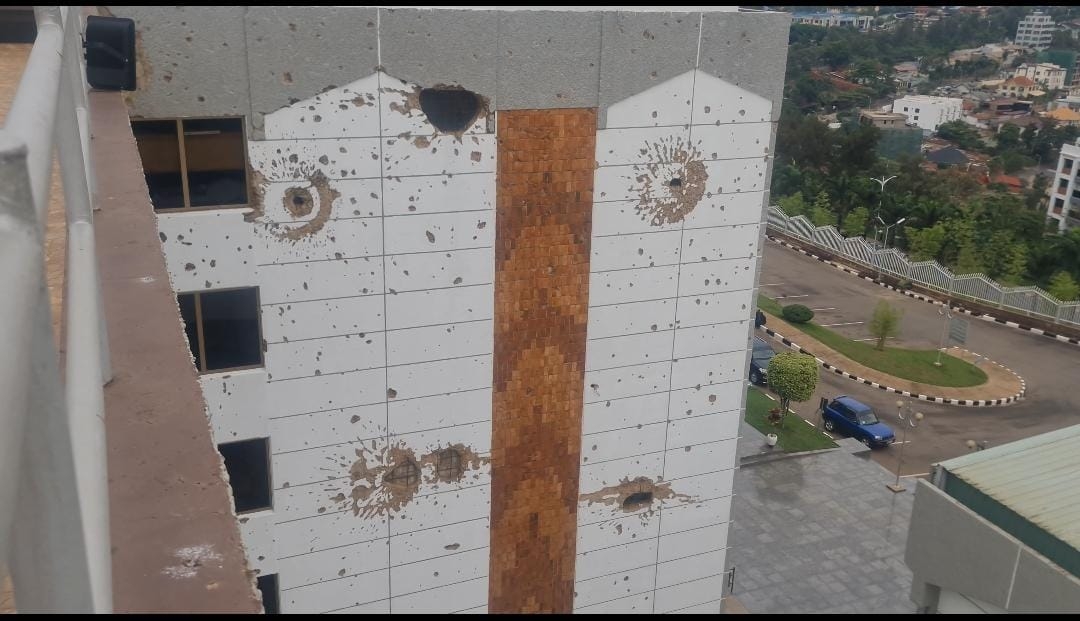 A view of the bombed Parliament buildings (formerly CND) during the genocide. The structure, which still bears the scars of the ex-FAR artillery attacks, houses the Campaign Against Genocide Museum. (Photo: Amina Wako)
A view of the bombed Parliament buildings (formerly CND) during the genocide. The structure, which still bears the scars of the ex-FAR artillery attacks, houses the Campaign Against Genocide Museum. (Photo: Amina Wako)
The story of the 600 soldiers, known as the “600 Battalion,” began in April 1994 when they were stationed at the Parliament building to provide security for the Rwanda Patriotic Front (RPF) representatives attending the Arusha Accords — a peace agreement negotiated between the RPF and the then Hutu-led government."
The planning of the genocide began in 1957, marking the first wave of anti-Tutsi ethnic killings. Over the following decades, 'practice killings' occurred, killing hundreds at a time. In the late 1980s and early 1990s, anti-Tutsi propaganda intensified.
On the evening of April 6, 1994, the aircraft carrying then-Rwandan president Juvénal Habyarimana and Burundian then-president Cyprien Ntaryamira, both Hutu, was shot down as it prepared to land in Kigali, Rwanda. Hutu extremists immediately launched a targeted campaign to exterminate the Tutsi population.
“The killing of former President Habyarimana sparked the mass killings of Tutsis and moderate Hutus by government forces and the Interahamwe militia group,” explained Medard Bashana, the museum's manager.
In the days following Habyarimana’s assassination, the situation escalated rapidly as the Hutu-led forces unleashed a massacre against Tutsis across Rwanda, aiming to eliminate anyone who stood in their way.
With genocidal forces converging on the Parliament building, the 600 soldiers found themselves in grave danger. Bashana noted that the intent of the government forces was chillingly clear: “The FAR soldiers wanted to kill RPF politicians and the 600 RPA soldiers stationed right in the middle of enemy territory as the mass killings of the Tutsi began across the country.”
The RPA soldiers were up against a formidable force — 10,000 government soldiers and an estimated 100,000 militia fighters.
Under the leadership of Paul Kagame, then chairman of RPA High Command, the RPA forces swiftly mounted a defence to prevent the advancing forces from breaching the building.
“Kagame’s mission was to stop the genocide, overthrow the genocidal regime, and restore peace across the country,” Bashana said.
In those crucial hours, the 600 Battalion held their ground, pushing back government forces and offering protection to those at risk in the surrounding area until reinforcements could arrive.
The museum's exhibits vividly capture this monumental battle, featuring life-sized visuals and tactical illustrations that recount the military journey of the 600 RPA members.
Led by Colonel Charles Kayonga, the RPA soldiers secured the Parliament building and used it as their base while conducting rescue missions across Kigali.
Among the highlights of the museum is a memorial to Major (Rtd) David Rwabinumi, who operated a 12.7mm heavy machine gun mounted on the building’s rooftop, fending off waves of attacks from genocidal forces stationed nearby.
“The gun was instrumental in keeping the enemy at bay between April 7 and April 21, 1994,” explained Bashana.
A monument now stands on the exact spot where Rwabinumi placed his gun to commemorate his crucial contribution.
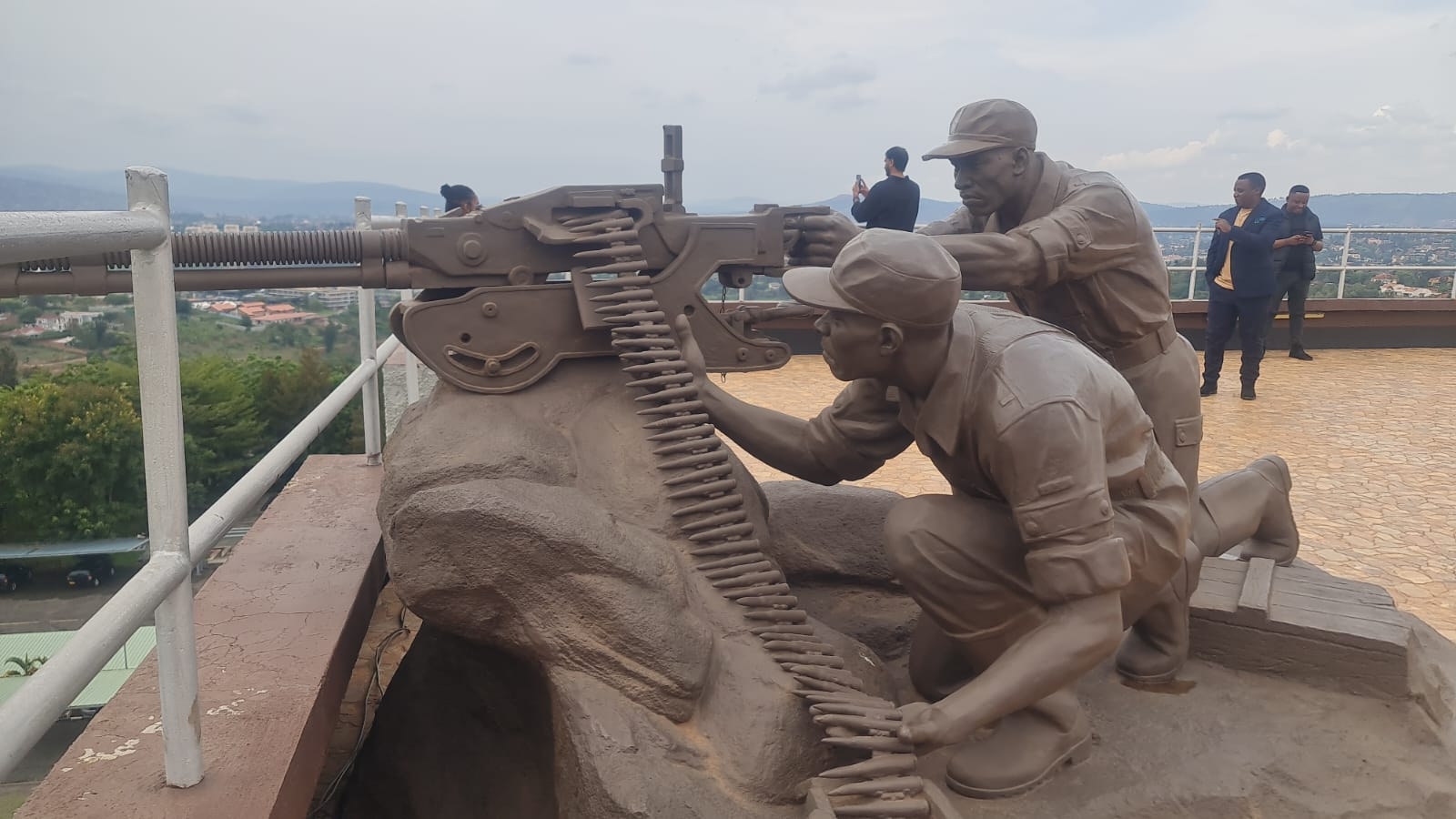 A monument of Maj. David Rwabinumi and another soldier, who were strategically stationed atop the Parliament building, repelling enemy forces that shelled and advanced towards the building. (Photo: Amina Wako)
A monument of Maj. David Rwabinumi and another soldier, who were strategically stationed atop the Parliament building, repelling enemy forces that shelled and advanced towards the building. (Photo: Amina Wako)
Over the ensuing days, the RPA began to expand its rescue efforts, securing multiple locations, evacuating survivors, and defending them from Hutu forces. Their path took them through Kanombe, Mont Kigali, and Gitarama, ultimately reaching Butare, Ruhengeri, and Gisenyi by July 1994. The museum now enshrines this route, revealing the RPA's tactical advance as they liberated each location and worked to shield survivors.
The museum also confronts the role of the media in inciting violence. A dedicated section exposes how certain outlets, such as Radio Television Libre des Mille Collines (RTLM) and the newspaper Kangura, stoked the flames of hatred, encouraging Hutu civilians to join in the killing spree. These displays stand as a sobering reminder of the power of media when manipulated to spread divisive and dangerous ideologies.
“The 600 soldiers had accompanied RPF politicians who were working towards a peaceful transition,” Bashana said. “When genocide erupted, they acted not only to protect these leaders but also to save as many lives as possible, all while fighting an enemy with superior numbers and resources.”
The museum’s exhibits on these rescue missions emphasise the profound bravery and tactical precision with which the RPA responded, often risking their lives to shield vulnerable civilians hiding in churches, forests, and even pre-dug holes.
The Campaign Against Genocide Museum has become a poignant memorial to the struggle and ultimate victory of the RPA in bringing peace back to Rwanda. Among the exhibits, visitors can see the ‘Third Battalion Sick Bay’, a room that was once used as a field hospital during the liberation struggle.
“This room treated both wounded RPA soldiers and civilians rescued from the genocide,” Bashana revealed. “It serves as a reminder of the selflessness of the soldiers who, even amidst the chaos, provided care to the injured and vulnerable.”
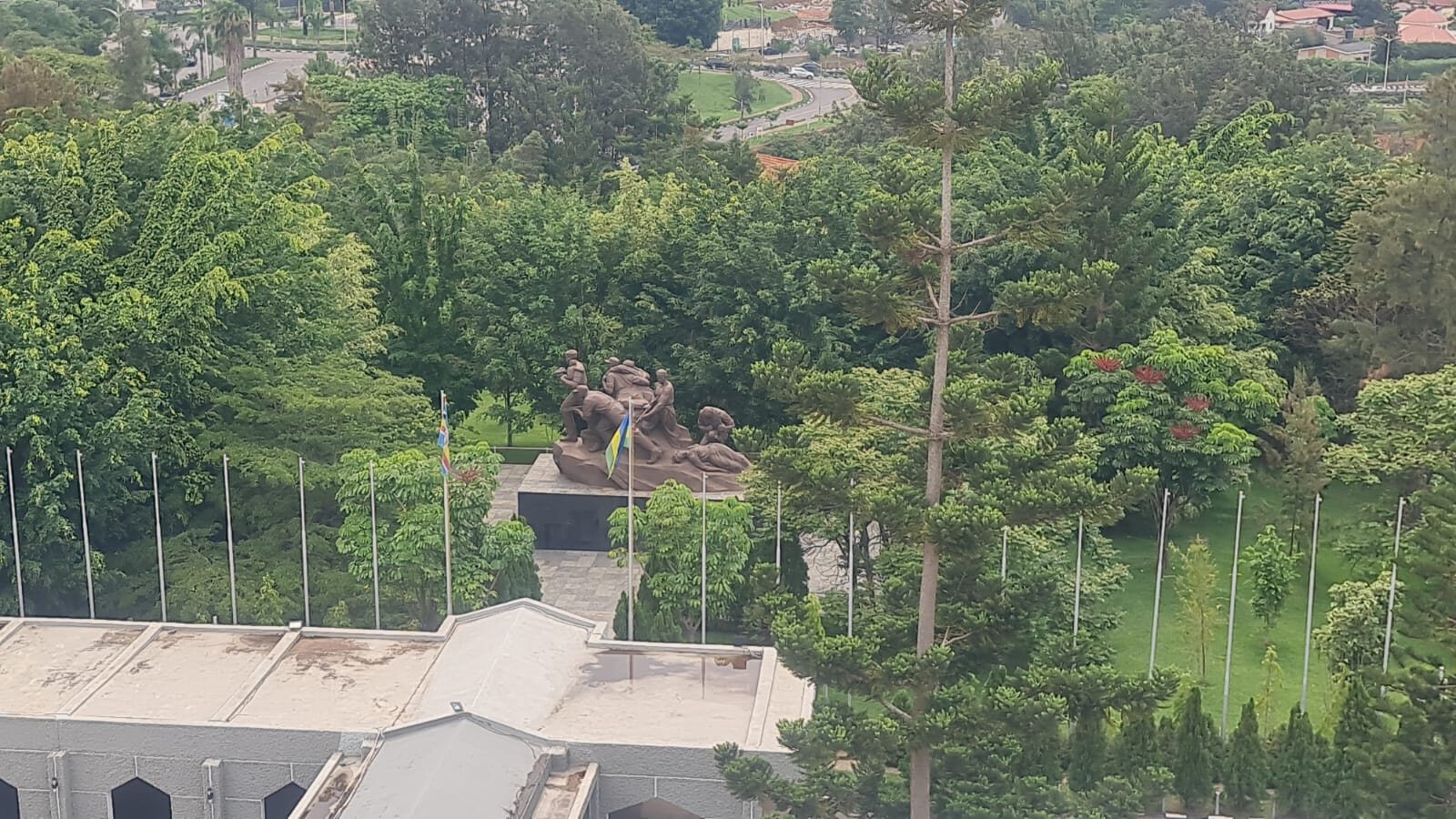 A monument in the Garden at the Parliament building in honour of the brave sons and daughters of the Rwanda Patriotic Front whose fight against injustice liberated Rwanda and ended the 1994 genocide against the Tutsi. (Photo: Amina Wako)
A monument in the Garden at the Parliament building in honour of the brave sons and daughters of the Rwanda Patriotic Front whose fight against injustice liberated Rwanda and ended the 1994 genocide against the Tutsi. (Photo: Amina Wako)
The conflict lasted over three months, with the RPA ultimately liberating Kigali on July 4, 1994, and securing the rest of Rwanda by July 19. The establishment of the Government of National Unity on this date united leaders dedicated to rebuilding Rwanda and ensuring justice. The museum highlights this momentous occasion, where peace, though won through struggle, marked the end of a horrific chapter in Rwandan history.
Today, the Campaign Against Genocide Museum draws visitors from across the globe. Tourists and Rwandans alike come to pay their respects and learn about the enduring courage of the RPA. The museum is not just a place of remembrance but a testament to the resilience of the Rwandan people, honouring those who fought bravely against all odds to end the 100-day genocide and restore peace to a fractured nation.
Bashana reflected on the museum’s enduring message: “The world may have abandoned Rwanda during the genocide, but the RPA never gave up. They fought for a future, not only for themselves but for all Rwandans.”
The museum serves as a powerful reminder of the strength found in unity and resilience and stands as a warning to future generations about the perils of hatred and the importance of vigilance against such atrocities.
Top Stories Today
